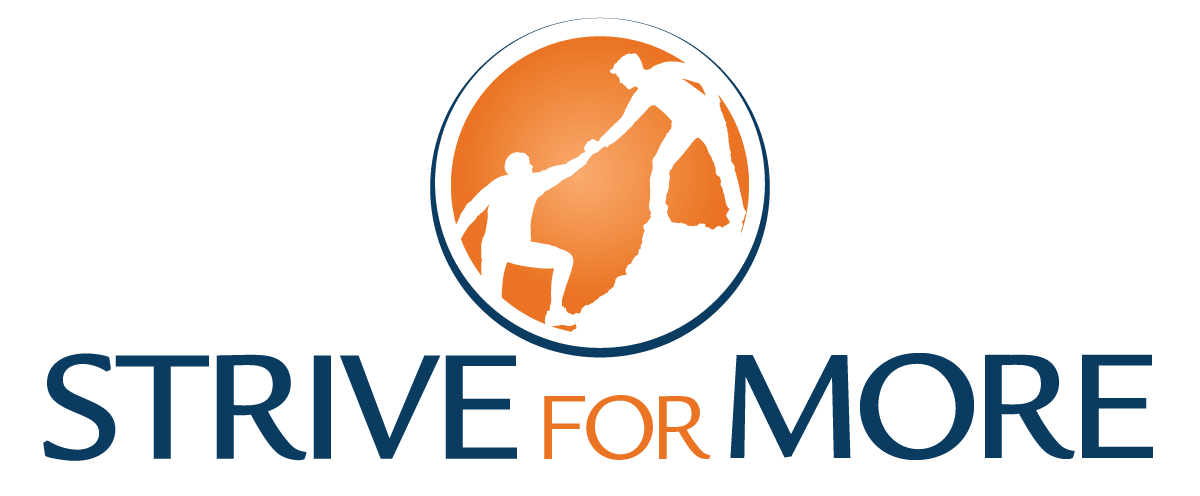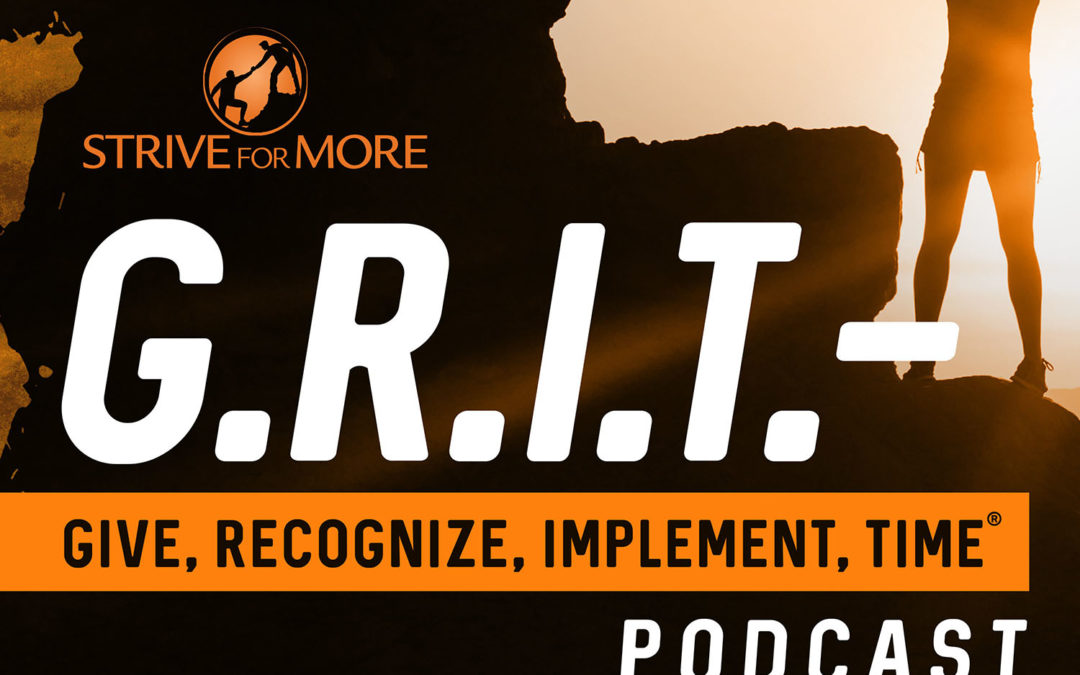So very common for these to be misunderstood. So question one to ensure, “Am I being clearly understood?” is, “Am I actually conveying what I want to convey? Or am I presuming somebody knows something and not saying it?” So that’s fundamentally question number one. Number two is, “What else have I perhaps not communicated that needed to be communicated?” And this gets back to what we call neuro-linguistic programming language filters. Neuro-linguistic programming is a quick aside. It’s the study of human excellence. What they did was essentially study thought communication and high performing individuals that were very successful and blended together this theory of neuro-linguistic programming. Communications, thoughts, the neuro part of it. And they found that we have language filters that we use within all of us. And this is something that happens when I’m, say, forming words to speak as I am to you.
And then also in reverse, as you’re listening to the words that I’m speaking, you’re going to go through these filters. So the three filters are generalization, which is the use of one’s experiences to create influences for other experiences. Deletion, which is the omission of portions of experiences from our internal representations and speech regarding that experience. And then distortion, which is the inaccurate representation of information from an experience. So generalization, let’s say, in conversations with our boss, we have one experience. Therefore, all the other experiences that I’m going to have with this person essentially are in this fashion, right? You know they’re a terrible person. They don’t care about me. I may view every other interaction I have with them through that lens. They’re just giving me lip service, they don’t care. Based on one experience. So that’s generalization.
That’s important because we may feel the same about a direct report. They’re just here to fulfill the job. They don’t care about actually the team or really getting it done. They’re just here to collect the paycheck. That can influence how I talk to them and if I actually express things clearly. The deletion element of it, I may naturally remove information regarding what I want to say. So a good example is, “Hey, did you catch that goal last night? It was pretty incredible.” You could say, “Well, Steve, what are you talking about?” I’m leaving out key information, right? I’m omitting. I’m omitting what sport I’m talking about. I’m omitting the teams that are playing, the game that I’m referring to. There’s a lot of information that you need to clearly understand what I’m saying that I have not given.
And then distortion, talk about the inaccurate representation of information, we can mischaracterize things. Now we may not necessarily intend to always mischaracterize something. But based on what we are trying to say, we are naturally going to choose words to convey them. And we’re going to choose words that have meaning to represent what we want to convey. And based on how we view and experience, based upon how we view what we want to say, we’re going to choose those words that may not accurately represent what we want to say. And even if we choose what we believe has the right meaning for us to convey what we want, that doesn’t mean that the other person also is going to have that same meaning that they have for each of the words that we’ve chosen. It’s why we often will walk away from a conversation with a different understanding than the person we were speaking with.
Because everything that makes us us and who we are, our beliefs, our values, our experiences, it dictates how we interpret language. It dictates what we understand because words have different meanings and connotations to each of us. So one of the greatest tools that I find can help ensure clarity of information that’s conveyed amongst parties is called three-way communication. What that means is I will say something to you. You can come back, and then say, “What I’m taking away from that or what I understand is X, Y, and Z.” And then I can confirm for a third time, “Yes, that’s correct.” Or say, “No. A slight difference here is this.” And I can correct any misunderstandings that are there. You’re essentially saying information three different times, three-way communication. So that is one of the greatest tricks that can actually help ensure clarity of what’s expressed.
So first of which is, “What is it that I intend to say? What have I said? Have I left information out? Have I mischaracterized anything? Have I generalized anything?” We can leave out all the ands, if, buts, the caveats, the catches, and just give a high level snapshot sometimes that doesn’t give everything that somebody needs. So what have I perhaps done that has included enough information to clearly share, so somebody can understand? And then can we check with them what their understanding is? It’s okay to pause. “Am I making sense? Am I conveying what you’re looking for? Am I missing the mark? What do you take away from that?” We can ask questions to check that understanding. So that’s an additional thing besides three-way communication is ask. When in doubt, ask. Especially if, let’s say, you’re a manager and you want to ensure that somebody has a clearcut understanding of what is expected of them going beyond just, “You’re expected to operate at a senior engineer level.”
What what does that mean? Right? You’re generalizing it, and you’re omitting. You’re not sharing enough information with them. Sharing those examples to convey that meaning can clearly ensure that you are understood and give that person a sense of what it is that you do expect of them. Maybe there’s a standard calculation that you do in your organization and it’s in Excel. And it could be just the bare bones. Maybe that’s something you’d expect from a junior engineer. Having a nice characterization and summary of it that’s not only including the proper calculations, but also shown in a very clearcut presentable way, maybe that’s where you want that senior engineer to be. These are the things that can help ensure that you have that understanding by clearly expressing what it is that you want. So it does truly start with us, even though we tend to put it on other people.
So I shared a lot of different tricks in there. So I apologize for rambling in there. But when we talk about clearly being understood, roles, responsibilities and expectations are most often things that are not understood clearly in the working world. Three-way communication is a great tool to be able to ensure understanding. There are natural filters that we go through, the NLP language filters are generalization, deletion, and distortion, that can cause us to not be understood clearly. And then when in doubt, ask. That is a great way of ensuring somebody is with you. And then sharing examples, clearly conveying information to ensure that you are illustrating what it is that you expect to a detail that is appropriate for somebody to go, “Yeah, okay. Thank you. Yeah. I get it. I’m now with you. Here’s what I believe you are conveying.” And then you can confirm that as well. So until the next time, when in doubt, ask. And be the movement in your life.
Listen to all of our episodes here.
Learn More About How We Help You Harness Your Resilience Through G.R.I.T. – Give, Recognize, Implement, Time®& Find More Actions You Can Take Right NOW!
To learn more about our signature coaching approach which DOES help people all over the world stay focused, overcome, and achieve, please click here.
Want to Assess Your G.R.I.T. – Give, Recognize, Implement, Time® & get a tangible gauge of key human characteristics that WILL make you successful?
Take our G.R.I.T. – Give, Recognize, Implement, Time assessment now and find out!

